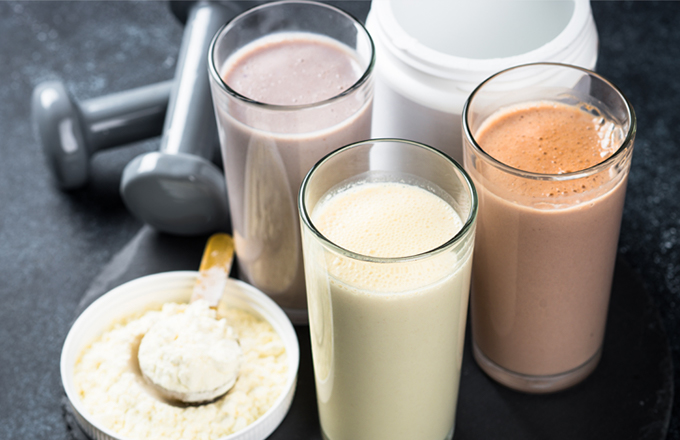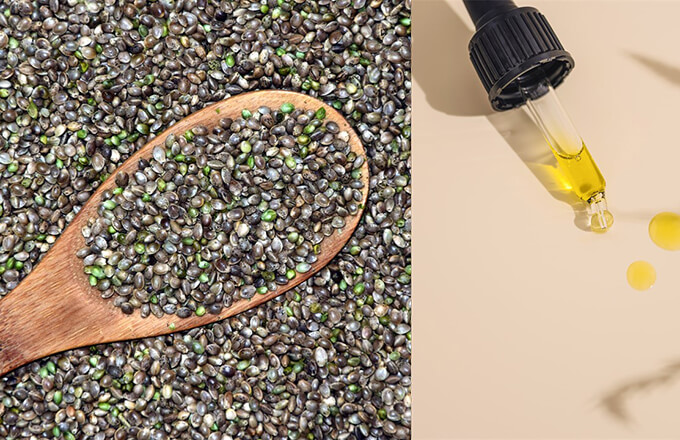Japan relies heavily on imports — accounting for over 60 percent of its caloric intake. The United States is the largest foreign supplier of food and agricultural products to Japan, accounting for a quarter of total import market share. Japan’s food industries are well-developed and innovative in all sectors; including, retail, food service, and food processing, and distribution. USDA Japan publishes dozens of reports, many annually, analyzing specific sectors of the Japanese market.
The Exporter Guide is one-stop document to introduce new-to-market exporters (and even seasoned veterans) to information on the overall Japanese market for U.S. agricultural products. It describes the market structure, market trends, opportunities for U.S. products, and top growth prospects. The guide is updated annually. Reports on specific market sectors are shown below. Read the Exporter Guide for more details.

The retail industry in Japan remained stable despite the continued strength of the U.S. dollar vs. the Japanese yen. To drive demand, retailers have strategically targeted the younger generation who seek easy-to-prepare, frozen, and ready-to-eat foods. The retail sector had sales total $198 billion in 2023 with increased demand in supermarkets, convenience stores, and drug stores.

In 2023, total sales of Japan’s hotel, restaurant, and institutional food service industry (HRI) increased by approximately 16 percent compared to the previous year, reaching $226.2 billion. The surge in international tourists contributed to these increases in all categories within the hotel and restaurant industry. The U.S continues to be well positioned to continue supplying this segment with U.S. agricultural products accounting for nearly one quarter of the food that Japan imports.

Highlights of Japan’s food processing industry, notable trends, and a market snapshot of western Japan are reported here. The Japanese food processing industry is one of the world’s most advanced and sophisticated.
Japan’s food manufacturers produce a wide variety of products, from traditional foods to health-oriented foods for infants and the elderly. Production increases were seen in wheat flour, dairy, processed meats, and sugar categories.

Japan’s health-related food market is one of the largest in the world. In recent years, the volume of companies marketing health food products has risen substantially. Significant opportunities exist for U.S. health foods manufacturers and ingredients suppliers. Specialty food buyers from sporting goods food manufacturers, gyms, sporting goods retailers, and drug stores, often seek new products. Read our Health Foods Market report for more details.

The Japanese organic market remains limited in scope, but industry insiders indicate that consumer interest in organics is increasing and that the growth potential of the market is significant. With the U.S.-Japan organic equivalency arrangement, U.S. exporters are well-positioned to take advantage of opportunities that the Japanese organic market may present. Read our Organic Market report for more details.

Japan’s market for hemp-derived products is growing. For details about Japanese regulations and market for these products, read our 3-part series of reports on hemp fiber, hemp seed products, and CBD.
The Japanese Market for Hemp Fiber
The Japanese Market for Hemp Seed and Hemp Seed Oil Products

Japan’s e-commerce market is growing steadily, making it an important channel for U.S. food manufacturers and exporters’ sales strategies in Japan. Since 2022, the domestic B-to-C e-commerce market, which includes goods, online services and digital content reached nearly $USD 1601 billion. For details about Japan’s e-commerce market, including the key platforms, logistics, consumer behavior, and the regulatory considerations, read the latest report.
